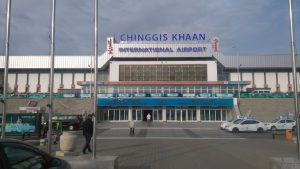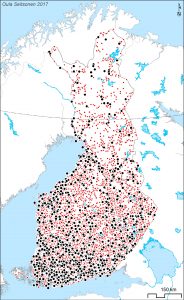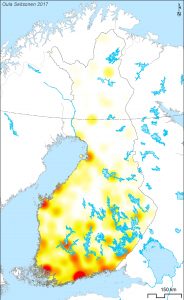Oula Seitsonen took off yesterday to continue his field research with Jean-Luc Houle and others in the Western Mongolia Archaeology Project – and to finish his PhD manuscript on Lapland’s Dark Heritage while walking the steppes.
Mongolian research investigates the human-environment relationships and the social, political, and economic organizations of Bronze and Iron Age pastoral societies in the Zuunkhangai region (Uvs Province) of Mongolia through the use of landscape and settlement archaeology. Project’s previous field seasons have concentrated in the Khanuy Valley region north of the Khangai Mountais and in the Mongolian Altai, both areas where the Finnish pioneer explorers G.J. Ramstedt, Sakari Pälsi and J.G. Granö were also traveling in the early 1900s. Sakari Pälsi became in 1909 the first professional archaeologist to document the iconic monumental features of Mongolian Bronze Age, khirigsuur grave mounds and deer stones, amongst lot of other archaeological sites. After these early Finnish explorers a century passed until Oula started retracing their footsteps, and plans to continue doing so.





